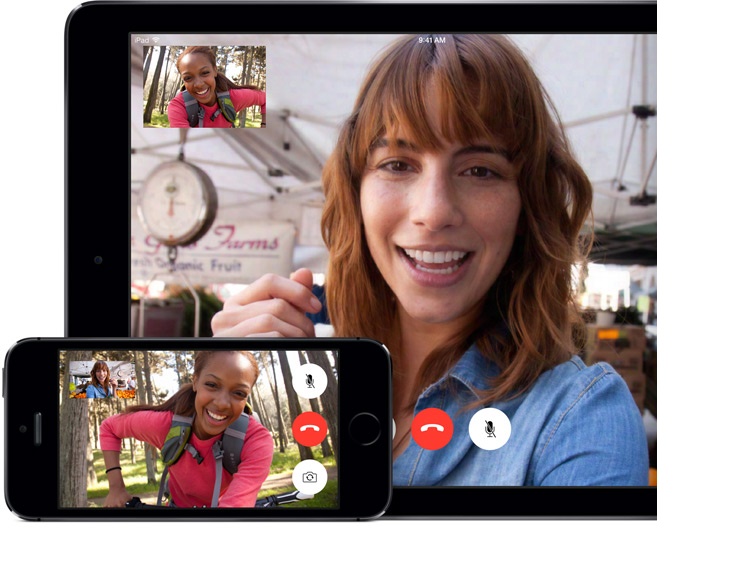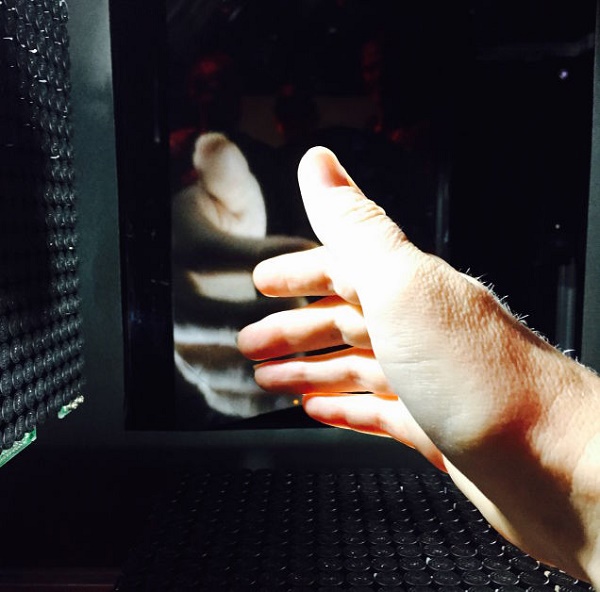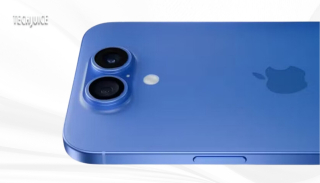If you have kids around the house you will be well aware how their first instinct is to touch and grab the screen when they see something moving on it. You will have noticed this when you Skype or FaceTime with your relatives that the kids reach out as if trying to touch the person on the other end of the screen. Now, what is it that they say, “If you can imagine it, it’s possible.”
HaptoClone is just that – a clever new invention that could in the future let us touch the people we’re Skyping with. It was recently developed by researchers at Shinoda Lab in the University of Tokyo.
This latest addition to the Haptic Technology allows you to touch a person you see on the screen. We have all seen this in Sci-Fi movies, but how does this really happen. HaptoClone works by using converged ultrasound to give tactile feedback. An array of 1992 ultrasonic transducers is installed along the inside of the cube, which record and replicate omni-directional and volumetric forces. The feedback is instantaneous, so you can get a quite realistic feeling that the hand in the other cube is touching yours.
See Also: Microsoft Bringing Real-Time Voice Translation To Skype
It sounds very complicated, but HaptoClone essentially creates a physical illusion of an item in the box using a kind of adaptive forcefield. Meanwhile, mirrors help create a hologram visual that completes the 3D experience. So when you feel you’re touching someone’s hand, it’s all basically an illusion. But to make the illusion more complete, they’ve added a trick with a mirror which helps you think you see the object you’re touching.
Gizmodo had a hands-on experience with the technology and here’s what they said:
“After reaching out and touching my cube-mate, we did a kind of a modified handshake and high-fived. The forcefield wasn’t as strong as in reality—it didn’t stop my hand in mid-air completely as a human hand would—but it provided enough detail that I could easily feel each of his fingers as they were touching mine.”
“But the next part was even crazier. A tiny beach ball tethered with a wire was placed into the cube and I was told to swat at it. While I couldn’t feel anything as detailed as textures, I gotta say it felt completely convincing, especially the part where I could manipulate the ball. I could tell just by touch and tactile feedback that it was some kind of inflated plastic for sure.”
As for its application in real-life, HaptoClone still has a long way to go. It’s design is still bulky and it would probably take a few more years for it to be incorporated in our smart devices. Nevertheless, the invention puts us one step closer to having real-life encounters with people sitting a thousand miles away.
What do you think about this invention? Are you anxious to try it out too? Let us know in the comment section below.
Image Credits – Apple













